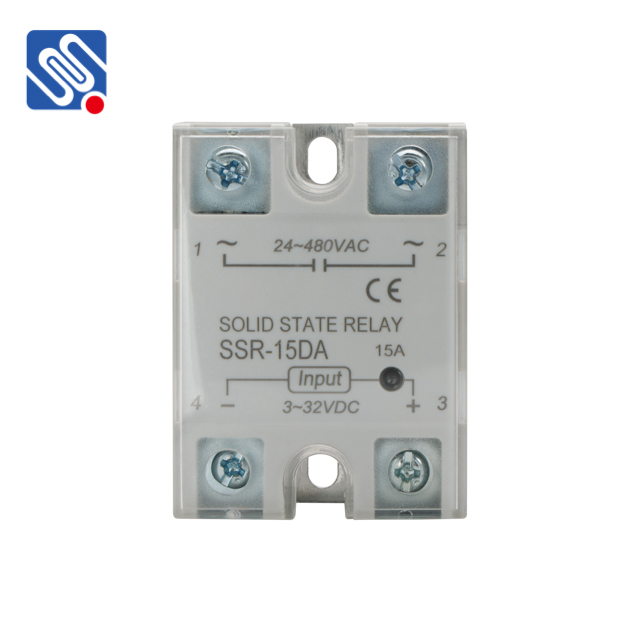A relay is a fundamental component in many electrical and electronic systems, playing a vital role in controlling circuits using an electric signal. Whether in automotive systems, home appliances, or industrial applications, relays help control high-voltage and high-current circuits with low-voltage control signals. However, like all mechanical and electrical components, relays have a finite lifespan. Understanding the factors that affect relay lifespan is essential for ensuring the reliable and efficient operation of systems that rely on these devices.

What is Relay Lifespan? Relay lifespan refers to the duration a relay can operate effectively before it fails, typically measured in terms of the number of switching cycles it can endure. This lifespan can vary significantly depending on several factors, including the type of relay, the conditions under which it operates, and the specific application it serves. In general, there are two main types of lifespans: mechanical lifespan and electrical lifespan. Mechanical lifespan refers to the number of times the relay’s mechanical contacts can open and close without failure. This lifespan is generally determined by the wear and tear of the moving parts inside the relay, such as the armature and the spring mechanism.